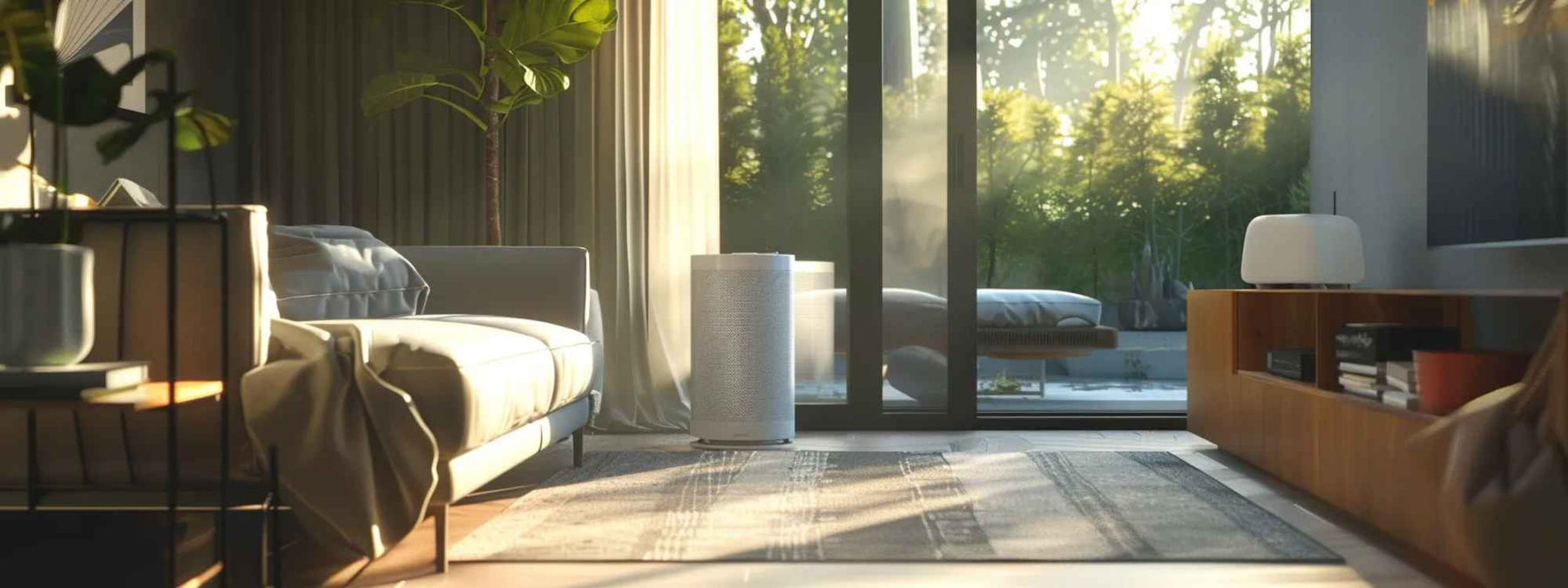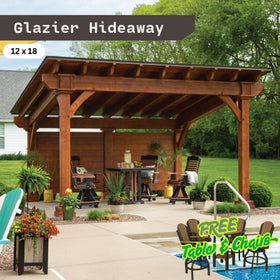512-777-0154

How to Pick the Right Tobacco Smoke Removal Air Purifiers
Ever walked into a room and instantly knew a smoker had been there?
The smell isn’t just there. It clings—to the walls, the furniture, your clothes. It lingers long after the last cigarette.
Cracking a window doesn’t cut it. Air fresheners? They just mask the problem. The real issue isn’t just the odor—it’s what’s floating in the air.
Tobacco smoke is more than a scent. It’s a mix of toxins, chemicals, and microscopic particles that don’t just disappear. They settle into your home, embedding themselves into fabrics, surfaces, and, most importantly, your lungs.
Secondhand smoke is bad enough. But thirdhand smoke—the residue that sticks around even when no one’s actively smoking—can be just as concerning.
That’s probably why you’re here. You want cleaner air. You want a space that doesn’t smell like an ashtray. You want something that actually removes the smoke, not just hides it.
An air purifier sounds like the solution. And it can be—if you get the right one.
Not all air purifiers are built to handle tobacco smoke. Some will barely make a dent. Others will eliminate particles but do nothing for the smell. And then there are the ones that sound effective but come with hidden downsides (hello, ozone generators).
So, how do you pick the right one?
This guide will walk you through what to look for, which features actually matter, and how to make sure you’re not wasting money on the wrong model.
Because breathing clean air shouldn’t be complicated.
The 5 Key Features You Need in a Tobacco Smoke Removal Air Purifier
Not all air purifiers can handle tobacco smoke. Some are great for dust or pet dander but do nothing for smoke particles and odors.
If you want an air purifier for tobacco smoke, focus on five key features. Miss one, and you might end up with a machine that makes noise but doesn’t clean the air.
Picking the right tobacco smoke removal air purifier isn’t complicated—if you know what to look for.
- ✔ True HEPA filters trap the tiny smoke particles.
- ✔ Activated carbon absorbs the lingering odors and chemicals.
- ✔ High CADR ratings mean faster smoke removal.
- ✔ Strong air circulation (ACH) keeps the air fresh.
- ✔ Ozone-free models keep your lungs safe.
Get these right, and you’ll have an air purifier that does what it’s supposed to—clear the air of smoke, not just circulate it.
Let’s break it down.
1. HEPA Filters: The Must-Have for Capturing Tiny Smoke Particles
Tobacco smoke is made up of microscopic particles, some as small as 0.1 microns. For reference, that’s about 1/600th the width of a human hair. You can’t see them, but they’re in the air—and your lungs.
This is where HEPA filters come in.
A True HEPA filter captures 99.97% of particles down to 0.3 microns, which means it traps smoke, ash, and other airborne pollutants rather than letting them float around.
Why “HEPA-like” isn’t good enough?
Some air purifiers claim to have HEPA filtration, but the wording matters. If you see labels like:
- ✅ True HEPA (or H13/H14 Medical-Grade HEPA) → Good.
- ❌ HEPA-type or HEPA-like → Not so good.
These weaker air filters don’t meet the same standards and won’t effectively capture smoke particles.
What to look for?
- True HEPA or medical-grade HEPA (H13/H14).
- Multi-layer filtration systems—some have pre-filters that extend HEPA filter life.
- Easy-to-replace air filters (some require disassembling half the machine).
How often to replace HEPA filters?
2. Activated Carbon: The Key to Eliminating Smoke Odor & Chemicals
HEPA filters trap solid particles. But what about the gases and odors?
That’s where activated carbon comes in. It absorbs the chemicals, gases, and lingering smells that HEPA filters can’t touch.

Why it’s necessary?
- Formaldehyde
- Benzene
- Acetone
What to look for?
- A thick carbon filter—some purifiers have a thin sheet, which won’t do much.
- High carbon weight (measured in grams or pounds). More carbon = better odor removal.
How often to replace carbon filters?
Typically every 6-12 months, though some last longer. If your air purifier starts smelling stale, it’s time for a change.
3. CADR Rating: How Fast an Air Purifier Can Remove Smoke
Let’s talk speed.
CADR (Clean Air Delivery Rate) measures how quickly an air purifier removes different types of air pollution, including smoke, dust, and pollen. For tobacco smoke, CADR is critical—it tells you how efficiently the purifier can clear the air.
Why it matters for smoke?
A higher CADR means a faster and more effective air purifier. If CADR is too low, the smoke lingers longer than necessary.
What to look for?
- A CADR rating of at least 300 for tobacco smoke.
- Higher CADR = better performance, especially in larger rooms.
Some cheaper air purifiers may have decent HEPA filters but low CADR ratings, meaning they take forever to clean the air.
4. Air Change Rate: How Often Your Room Gets Fresh Air
An air purifier isn’t just about what it captures—it’s also about how often it refreshes the air in your space.
That’s measured by Air Changes per Hour (ACH)—or how many times per hour the purifier cycles through and cleans the room’s air.
Why it matters?
If a purifier only changes the air once per hour, it’s not ideal for smoke removal. The particles stick around too long.
For heavy tobacco smoke, you need an ACH of at least 4-5 times per hour. This means the purifier is cycling through all the air in your space every 12-15 minutes.
What to look for?
- A purifier rated for your room size.
- A strong fan to increase air circulation.
If a unit has a weak fan and low ACH, it won’t clear smoke quickly.
5. Ozone-Free Technology: What You Need to Know
Some air purifiers create ozone as a byproduct. That’s a problem.
Ozone is often marketed as a way to “clean” the air, but it can irritate your lungs—especially if you have asthma, allergies, or other respiratory conditions.
Why some air purifiers can be harmful?
Certain models generate ozone on purpose as part of their filtration process. Others create small amounts as a side effect. Either way, it’s best to avoid it.
What to avoid?
- Ionizers and ozone generators—these intentionally release ozone.
- “Plasma” or “electrostatic” purifiers—some of these create ozone as a side effect.
What to look for?
- CARB-certified air purifiers (California Air Resources Board)
- Units labeled “Ozone-Free” or “Low-Ozone”
Ozone-free models will remove smoke safely, without adding another air quality problem.
Room Size Matters: How to Pick the Right Purifier for Your Space
Size matters—at least when it comes to air purifiers like Airpura T600 DLX - Heavy Tobacco Smoke Air Purifier.
Buying the wrong size means ineffective purification. A small purifier in a large room? Useless. It won’t move enough air to keep up. A large purifier in a small room? Overkill. Not a dealbreaker, but you might end up spending more than necessary.
So, how do you get it right?l
Step #1: Measure Your Room
Before looking at purifier specs, you need to know your room’s square footage.

Grab a tape measure (or just estimate—no judgment) and do this:
Room length × Room width = Square footage
Example: A 15 ft × 12 ft room = 180 sq ft
Step #2: Match the Purifier to Your Room Size
Air purifiers like Airpura T600 - Tobacco Smoke Air Purifier are rated based on Clean Air Delivery Rate (CADR)—which tells you how quickly they filter air. The higher the CADR, the faster and more effective the purifier is.
Here’s a simple guide:
- Small rooms (100-200 sq ft) → Look for a CADR of 150-200
- Medium rooms (300-500 sq ft) → Go for CADR 300+
- Large rooms (600+ sq ft) → CADR 400+, or consider using multiple purifiers
Pro Tip: When in Doubt, Go Bigger
A purifier that’s too small will struggle to keep up, leaving smoke particles lingering in the air. A slightly larger air purifier like Airpura T700 DLX-W Air Purifier - Whole House works more efficiently since it won’t have to run at full speed all the time.
So if you're between two sizes, go with the bigger option. It’s a safer bet.
Budget vs. Performance: How Much Should You Spend?
Air purifiers range from cheap to ridiculously expensive. But price alone doesn’t determine how well they remove tobacco smoke.
A $50 purifier? Probably won’t do much. A $1,000 purifier? Might be overkill.
The trick is finding the balance—getting something effective without spending more than necessary.
What to Expect at Different Price Points
Here’s a rough breakdown of what you get at different price ranges:
Under $100
- Weak filtration.
- Often missing True HEPA and activated carbon—two must-haves for smoke removal.
- Can handle dust and pet dander, but not serious air pollution.
Bottom line: Probably not worth it for tobacco smoke.
$150-$300
- True HEPA filters and activated carbon (if you choose carefully).
- Good for small to medium rooms (under 500 sq ft).
- Solid performance for most homes without excessive smoke exposure.
Bottom line: Best value for most people.
$400+
- Higher CADR ratings (clears smoke faster).
- Larger carbon filters for better odor and chemical absorption.
- Suitable for heavy smokers or large spaces (600+ sq ft).
- Smart features like indoor air quality sensors and auto mode.
Bottom line: Worth it if you need serious smoke removal.
Don’t Forget Long-Term Costs
Buying the air purifier is just the start. Filters need replacing—and those costs add up.
- HEPA filters: $30-$100, replaced every 6-12 months.
- Activated carbon filters: $50-$150, replaced every 6-12 months.
Some purifiers have washable pre-filters, which help extend the life of the main air filters. Others? They lock you into expensive replacements.
Before buying, check the air filter price and replacement frequency. A cheap purifier with high air filter costs might be more expensive in the long run.
The Air in Your Home is Worth It
Choosing the right tobacco smoke removal air purifier like Austin Air HealthMate Air Purifier isn’t complicated—as long as you focus on the right features.
- ✔ True HEPA + activated carbon: HEPA captures the smoke particles, carbon absorbs the odor and chemicals.
- ✔ Check CADR and ACH ratings: Higher numbers mean faster, more effective purification.
- ✔ Match the purifier to your room size: Too small, and it won’t work. Too big isn’t a problem.
- ✔ Avoid ozone-generating models: Some purifiers claim to “neutralize” smoke but produce harmful byproducts.
At the end of the day, it’s about cleaner air. Whether you’re dealing with your own smoke, secondhand exposure, or just stale air from a neighbor’s habit, the right air purifier can make a real difference.
Pick the right one, set it up, and breathe easier.






